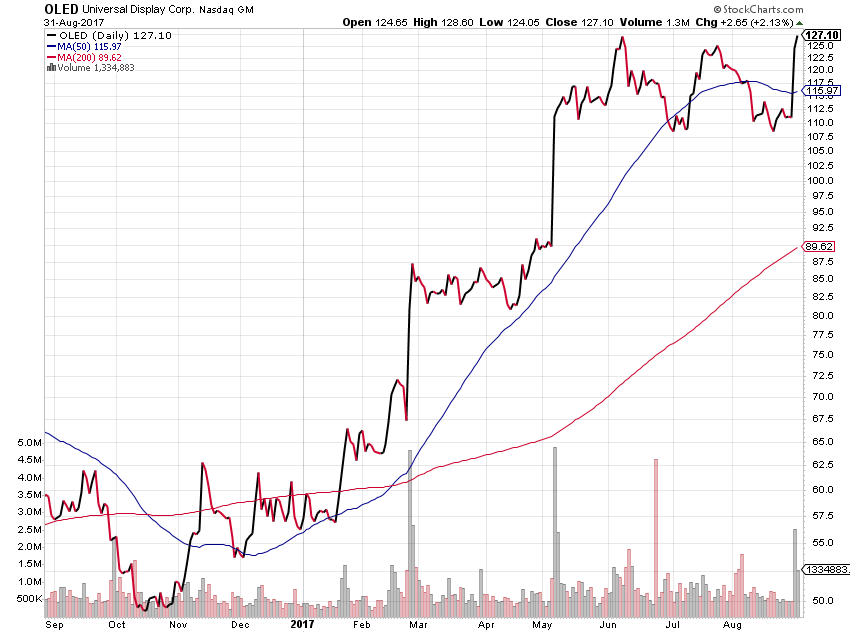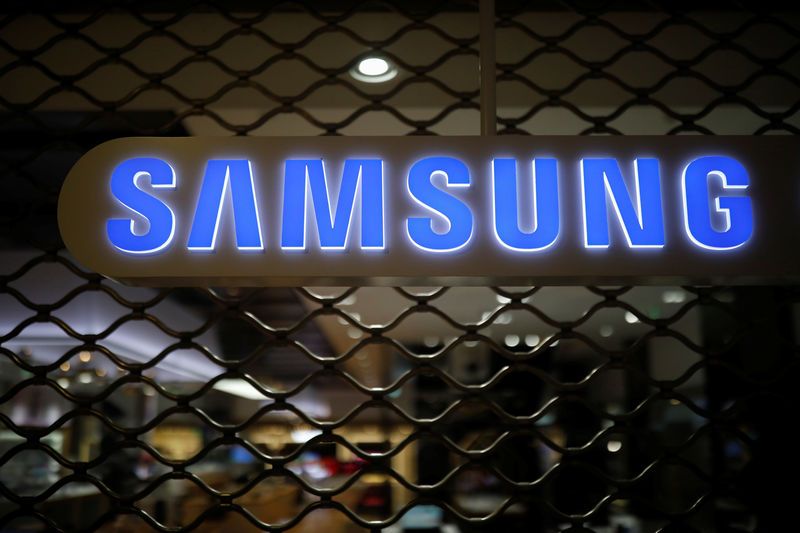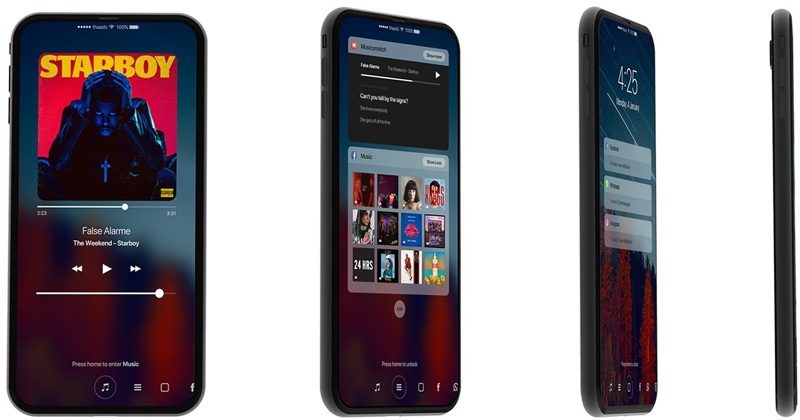Special Alert: Apple added to the Tematica Investing Select List
KEY POINTS FROM THIS ALERT:
- We are adding shares of Connected Society company Apple (AAPL) to the Tematica Investing Select List with a $200 price target.
- In our view, Apple and its new iPhone models are a 2018 story, and we see the recent string of upwardly revised expectations continuing as Apple tweaks its iPhone production and takes newer models global.
- We would look to use pullbacks in the AAPL shares to improve our long-term cost basis.
This morning we are adding, some would say finally, Apple (AAPL) to the Tematica Select List. It’s no secret that those of us at Tematica are hardcore users of the company’s products — from MacBooks, iPhones and iPads, to the Apple Watch, Time Machine and various other devices. Despite its deep bench of product, Apple, at least for now, is a smartphone company. Even ahead of the recent launches of its iPhone 8, 8S and iPhone X products, Apple derived the bulk of its revenue and profits from the iPhone.
Apple does have other businesses like Apple TV that bolster its position in our Connected Society investing theme, and the company appears to be branching out into live content similar to Tematica Investing Select List companies Amazon (AMZN) and Facebook (FB). We suspect that like many past products and services, Apple will look to unveil its content offering when it is ready, not when the financial media thinks it will. We see that as an added tailwind on the horizon for AAPL shares, provided it can get the content right. Case in point, we were not won over by Apple’s Carpool Karaoke series; however, per the financial press, Apple appears to have recognized its shortcoming and has gone on a hiring spree to course-correct this effort.
For many subscribers, the probable question is “Why now?”
Candidly, we have always kept eyes on Apple’s business given how it touches our Connected Society investing theme as well as its shares. Were we underwhelmed by the company’s September event? Yes, we were, given the staggered nature of the new iPhone launches and the simple fact the company kicked off the event discussing how it was going to revolutionize its Apple Stores vs. talking products. There was also the concern that iPhone sales would pause as shoppers waited for the iPhone X to hit shelves not to mention rumored component shortages.
Over the last few days, orders for the iPhone X commenced and early indications suggest it will be a brisk seller. Almost all Apple store channels are now reporting 5-6 week delivery times for new iPhone orders across all configurations of size and color, which means new online orders will not be fulfilled until early December. The initially low production volumes were due to component constraints for the new 3-D face-scanning sensor and a circuit board for a new camera were to blame and Apple is expected to have this corrected in the coming weeks.
Turning to the iPhone 8, while sales have been tepid ahead of the iPhone X launch in the U.S., this morning a new report from Canalys shows the iPhone 8 has led Apple to break a run of sales decreases that stretches back six quarters. Per the report, Apple should see a 40% annual growth to 11 million iPhone units China during the quarter. As with any new product launch, we see Apple tweaking production between these new iPhone models to better match demand.
In our view, we are likely to see Apple up its iPhone X product and dial back production for the iPhone 8, which is a nice but modest upgrade from the iPhone 7 — a model that continues to sell well. That’s right, it’s not just about the new models – the older ones, which are less expensive, help drive Apple sales in the all-important emerging markets like India, where smartphone penetration is far lower than in the U.S. In the U.S., smartphone penetration passed 80% last year. By comparison, roughly one-third of mobile phone users have a smartphone in India, and that figure is expected to only move higher in the next few years.
As we look back on prior iPhone launches, we find ourselves saying “I’ve seen this movie before” and we have. It usually bodes rather well for Apple and we expect that to be the case once again given the large install base Apple has for the iPhone. Last summer Apple sold its 1 billionth iPhone, but as we know from experience and upgrades, not all phones sold are still in use. According to research from UBS, the number of active devices is around 800 million, roughly 80% larger than when Apple debuted the iPhone 6. Simply put, the larger the number of active users, the larger the number of people upgrading every time Apple unveils a new smartphone, especially as newer versions of iOS tend to make older iPhone painfully slow.
There is also the added benefit of Apple putting would-be iPhone buyers in a box as they look to match either an iPhone upgrade or a new purchase with storage needs. Given the increasing usage of the camera for pictures and video, Apple has upped available storage, but that comes at a cost. We see this as well as the iPhone X helping move Apple’s average iPhone selling prices higher in the coming months.
Apple will report its 3Q 2017 results later this week, and odds are given the timing of the new iPhone model launches the company will get a pass of sorts on that performance. In our view, the guidance will be what investors will be focused on, and they will be listening, as will we, not only on iPhone production commentary, but the timing around these models being launched in other markets. As these models go truly global, it makes the iPhone story and thus Apple’s story a 2018 event. We are not alone in that thinking given that current revenue expectations for 2018 have Apple delivering 17% growth to $266.8 billion vs. 5.5% growth this year. As this occurs, odds are the Wall Street bulls will once again return to AAPL shares, and we want to be there ahead of them.
We recognize Apple can have great quarterly earnings report that leads to AAPL shares popping, but from time to time the company has issued results that caused some degree of investor indigestion. We want to be positioned for the former, but we will use the latter should it happen later this week to improve the cost basis for AAPL shares on the Tematica Investing Select List for the longer-term. In our view, Apple is one of the companies that will expand its offering as our Connected Society continues to expand past smartphones and computers to the home, car and the Internet of Things. Apple is paving the way for proprietary content, adding to its position in the home with its HomePod digital assistant and growing its partnerships in Corporate America.
Apple’s story is far from over.
Our price target on Apple shares is $200 or 18x expected current 2018 consensus EPS of $11.16. We’d note that over the last few weeks that 2011 consensus EPS figure has crept up from $10.67, and there is the rather likely possibility we will see that figure move even higher as we enter 2018. Over the last several quarters, Apple has regained its past track record for beating bottom line expectations and given the high profile nature of the iPhone X we would not be shocked to learn Apple has once again sandbagged expectations for the second half of 2017.
Over the last five years, Apple shares have peaked at an average P/E multiple of 16x and bottomed out at 11x. That suggests an upside vs downside tradeoff in the shares between $120-$180, vs. the current share price near $160. As we noted above, we strongly suspect Apple will surprise to the upside in 2018 and could deliver EPS between $12-$13; the current high estimate for Apple EPS in 2018 sits at $13.29. In the coming quarters, provided Apple’s EPS beating track record continues, we see 2018 EPS expectations moving higher, and Wall Street bumping up price targets along the way. If Apple stumbles near-term, we would look to aggressively scoop up the shares between $140-$145.
- We are adding shares of Connected Society company Apple (AAPL) to the Tematica Investing Select List with a $200 price target.









